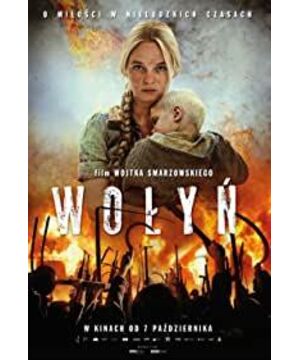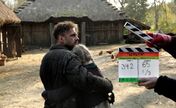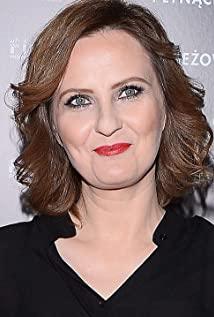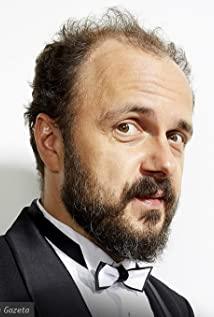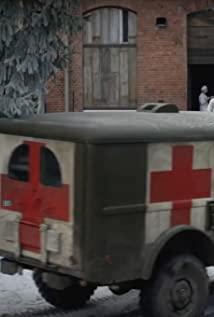Due to cultural differences, we can only reflect on the pain caused by hatred and war from the perspective of life. I believe that if you are born and raised in Poland, you can better feel the historical and cultural background in the film. The movie "Warren", also known as "Hate", tells the story of a Polish girl who was displaced in the war because of the indelible national hatred between Poles and Ukrainians during World War II. Warren is a place name that was once the eastern frontier of Poland and now belongs to Ukraine. Due to the intervention of Nazi Germany and the Soviets, the land became a very chaotic anarchy. The choice of the first scene of the film is very clever, revolving around a wedding of a Polish girl (the heroine's sister) and a Ukrainian boy, the hatred of the two ethnic groups and the shaping of the main characters are all completed. The wedding, which was supposed to be joyous and festive, has been undercurrent, with nationalists spreading hatred and creating strong drama. It should be noted that, because of the custom and culture, the groom's brother chopped off the bride's braid on the threshold with an axe. The director echoed at the end, the Polish girl who married a Ukrainian was beheaded on the threshold with an axe by the Poles who retaliated against the Ukrainians. The perspective of the story focuses on the protagonist, a Polish girl. She fell in love with a Ukrainian, but was forced by her father to marry a middle-aged farmer with two children. During the war, her Ukrainian lover and Polish husband died one after another. She tried to save the Jews who were massacred by the Nazis. She disguised herself as a Ukrainian and fled after being killed by the Ukrainian butcher in the village. She was rescued by her Ukrainian brother-in-law and witnessed her sister and brother-in-law. Killed by compatriots. This narrative perspective is powerful and ill-fated. In the first half of the film, the fate of the characters is used as the traction until the peak of the outbreak of ethnic hatred, and there is a large bloody massacre scene. I personally don't like this kind of direct torture scenes, it's too direct, but there is one scene where the handling is very good. It's about priests of several denominations, interspersed with incited Ukrainians and terrified Poles. The director first created the illusion that the two tribes were talking together, and then gave a powerful reversal. The scenes of the priest's incitement and massacre were very ironic. At the end, the director used an expression technique in which the heroine was rescued by a stranger. Confused, she imagined herself walking past several soldiers, because only the military can keep her safe. At the same time, in the real space, the stranger who rescued her is like a dead Ukrainian lover. This is the director's psychological comfort to the play and the audience.
View more about Hatred reviews


